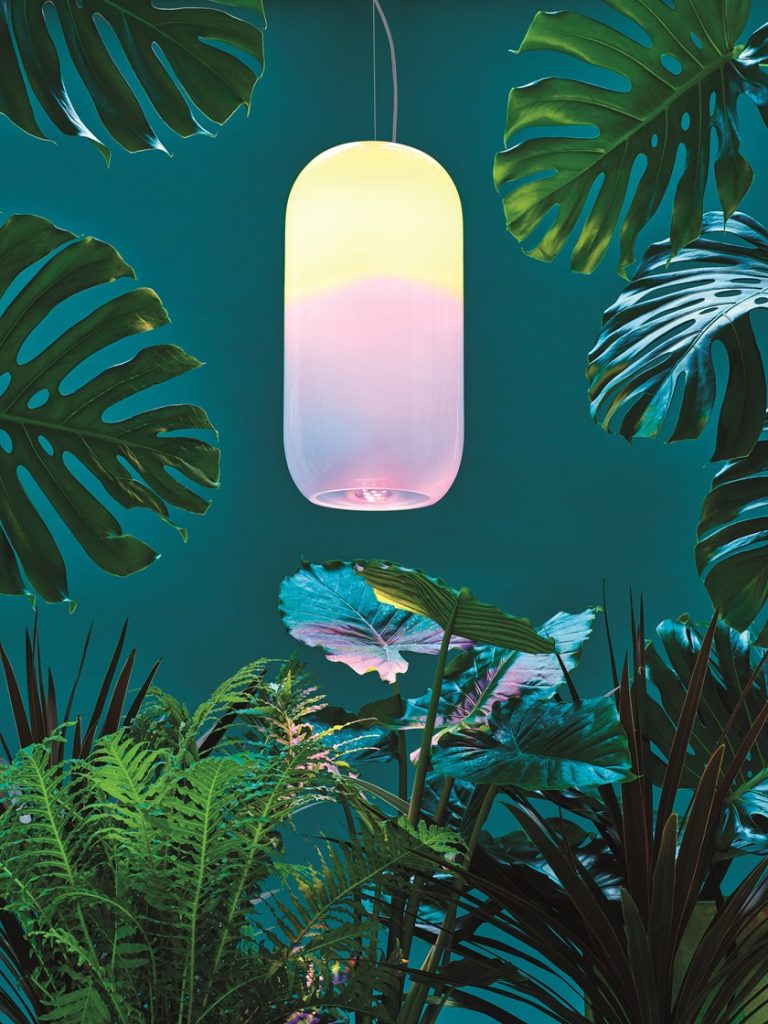A Window into the Future of Urban Living
By IBI Insights
Date
October 19, 2018Today’s city makers and designers must consider not only where people will live, but how they will live. The 20th century housing dream is changing, and single family homes are no longer as desirable (or feasible) as they once were. Millennials are less urgent to leave the nest than generations prior and end up staying with their parents for longer in order to save money. For those that do fly the coop, they must be willing to sacrifice personal space as a trade-off for the amenities and vibrancies offered by city life.
Across the globe, corresponding housing typologies have sprung up in response to global shifts. Rather than simply providing a shell for living, these new dwellings take on the responsibility of addressing social complexities such as loneliness, flexibility, and convenience. These residences occupy a liminal space that rests among co-living, staycation hostels and community-centred urban communes. While the details vary depending on local needs, the “Four C” macro-trends remain at the heart of each model: City, Compact, Community, and Convenience according to Pop-Up City’s report on The Future of Urban Living. The report covers not only the changing forms of urban living, but how designers and city makers are addressing these changes. From tool libraries, to micro-living furniture, creative thinkers must now bring innovation to changing ideas of “home”.
Panasonic’s futuristic design firm, Future Life Factory, has come up with a variety of lifestyle projects that address these changing perceptions. Knowing that future urban crowding may lead to more windowless rooms, Future Life Factory has created +WINDOW, an indoor product that imitates an actual window through the use of light, sound, and movement. +WINDOW features an LED-lit screen that mimics natural light. The light screen is encased in a “window frame” and covered with a breezy fan-blown curtain. +WINDOW has hidden speakers tucked away that emit natural noises, and make the product feel like the real deal. Future Life Factory worked closely with Fukui University Hospital throughout their design process in order to measure the relaxation and mental health benefits of +WINDOW in windowless environments.
Bjarke Ingels Group is another key player tackling natural light. The group has teamed up with Italian lighting brand Artemide to design a lamp that encourages photosynthesis. The light fixtures imitate the colours and temperatures of the natural world that make it possible for plants to grow. Though Artemide has patented their unique lighting system, it’s applications could change apartment living for future generations, allowing for plants to blossom in windowless spaces. The future of urban living may just be brighter than we know.

Gople LED lamp by Artemide and Bjarke Ingels Group. Image from Archiproducts.
Lead image from Wikimedia Commons







